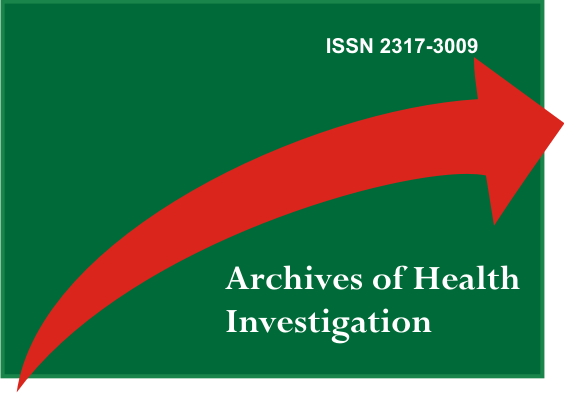Z-oo4 - Implants in the zygomatic bone for maxillary prosthetic rehabilitation: a systematic review
Abstract
The aim of this study was to conduct a systematic review of clinical studies concerning the follow-up survival of implants inserted in the zygomatic bone for maxillary rehabilitation. Studies published from 2000 to 2012 and listed in the Medline, PubMed, Embase, and Cochrane Library databases were searched in accordance with the PRISMA statement. Relevant reports were selected according to inclusion and exclusion criteria, including a requirement of a follow-up of at least 2 years. Studies were evaluated regarding the feasibility of data synthesis. Implants were classified into failure and survival groups. The implant survival rate was calculated by the Kaplan-Meier method. The failure rate was determined over an 84-month follow-up period. Among 751 searched studies, 25 full-text articles were selected. These studies reported clinical complications, such as recurrent acute and chronic sinusitis, and causes of implant loss among 1541 zygomatic implants and 33 implant failures. Eight studies reported removal of some zygomatic implants. After a 36-month follow-up, the survival rate was 97.86%. The failure rate was highest during the first year. Implant survival appeared to be related to sinus infection and surgeon experience, but not with the number of zygomatic implants inserted.mah_vs@hotmail.com
Downloads
Downloads
Published
2013-12-18
How to Cite
Sônego, M., Goiato, M., Pellizer, E., Moreno, A., Gennari Filho, H., dos Santos, D., Santiago Junior, J., & Dos Santos, E. (2013). Z-oo4 - Implants in the zygomatic bone for maxillary prosthetic rehabilitation: a systematic review. ARCHIVES OF HEALTH INVESTIGATION, 2. Retrieved from https://archhealthinvestigation.emnuvens.com.br/ArcHI/article/view/318
Issue
Section
Conteúdo


